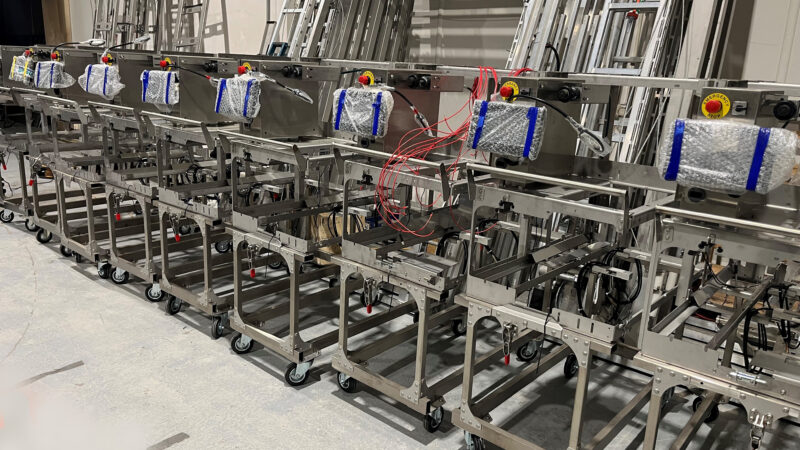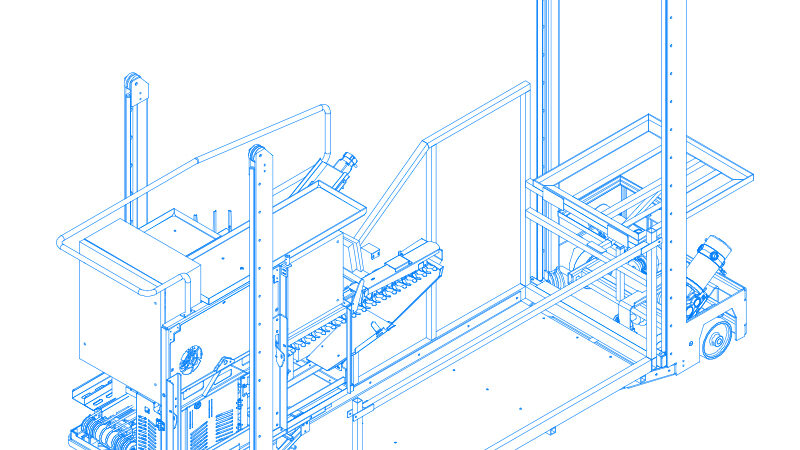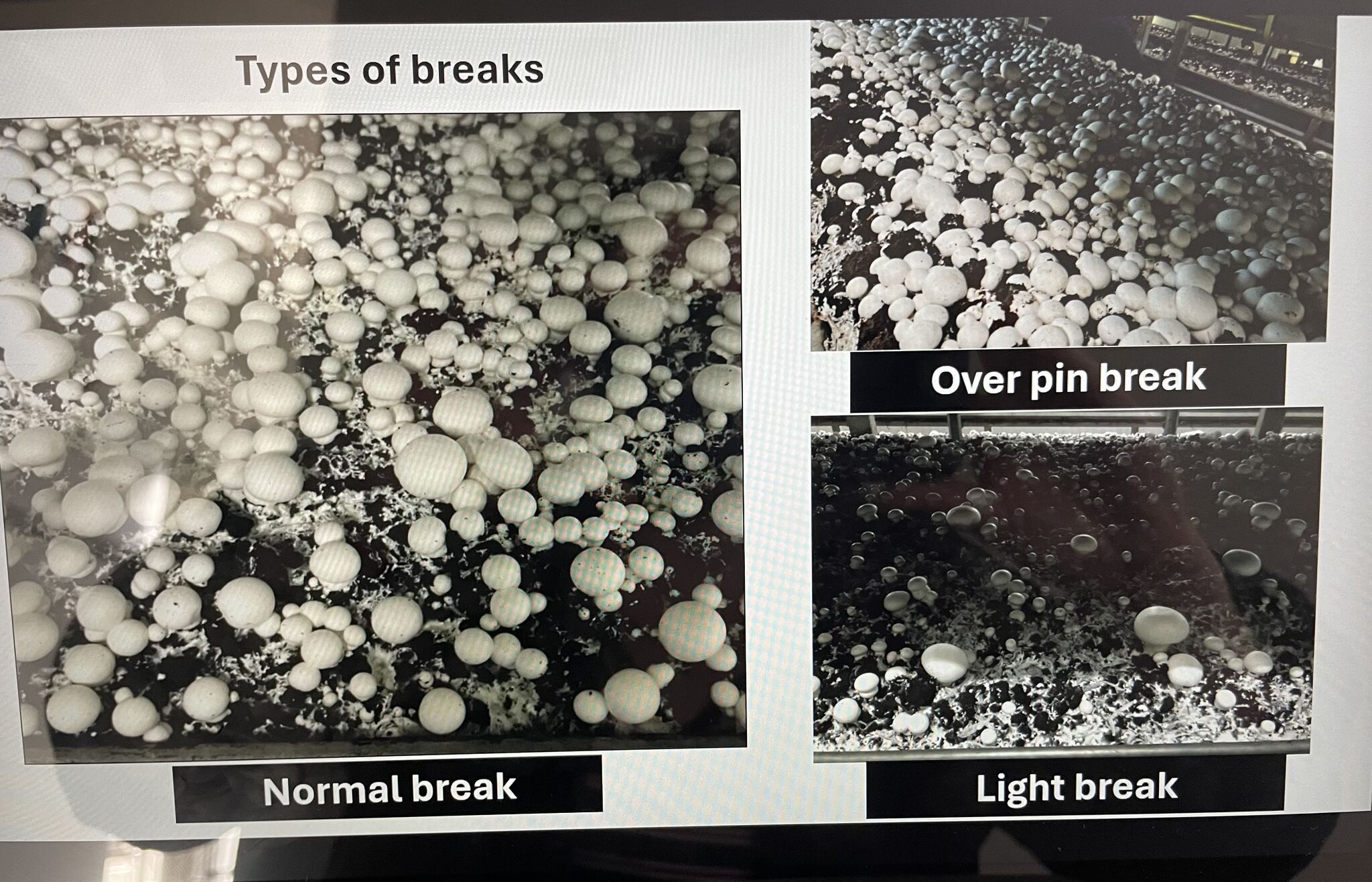Different Types of Mushroom Flushes and Their Impact on Harvest Efficiency
In mushroom farming, flushes play a critical role in determining the success of the harvest. There are three primary types of flushes: Normal, Dense (over-pin), and Light . Each has a unique impact on the efficiency of the harvest department, as well as on product quality and marketability. Here’s how they differ:
Light Flush
A favorite among harvesters but challenging for the sales department. Sparse flushes contain about 1% of baby mushrooms (10-30mm) and nearly 90% of large mushrooms (50mm+). This type allows for rapid harvesting, with pickers often achieving over 35kg/h, resulting in optimal quality mushrooms. However, the sales team struggles due to the lack of medium-sized mushrooms (30mm-49mm). Yields from the first flush rarely exceed 16kg/m², and harvesters typically complete their work in around 40 hours per week.
Normal Flush
Considered the gold standard, normal flushes demonstrate the grower’s expertise. If a grower can produce eight out of ten normal flushes, they are considered masters of their craft. With five generations of mushrooms in the flush, this type provides a balanced outcome—typically yielding up to 20kg/m². It strikes an ideal balance between product quality, yield, and harvesting cost. The percentage of baby mushrooms hovers around 4-7%, making it highly desirable for both business owners and the sales department.
Dense (Over-Pin) Flush
Often referred to as the “killer” of harvest efficiency and product quality, a dense flush can deliver yields of over 20kg/m², but at the cost of lower-quality mushrooms. These flushes have between 11-17% baby mushrooms, significantly affecting the department’s performance and mushroom quality.
Future Outlook
Based on current observations, the future may lean towards favoring Light flushes. They help reduce harvesting costs significantly due to the fast picking speeds they allow. Sales departments, however, will need to adjust to the unique challenges posed by sparse flushes.








